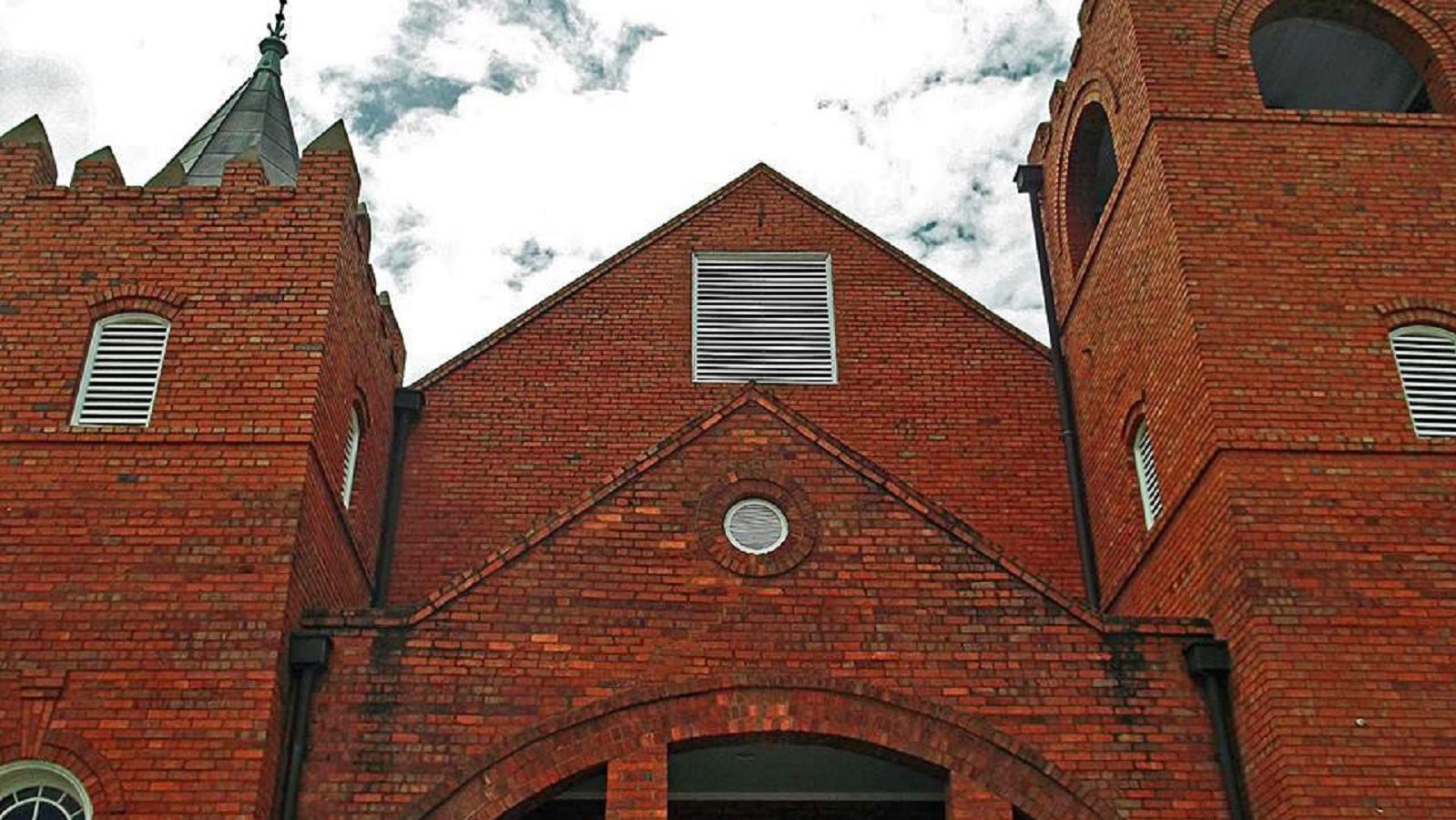Last updated: April 25, 2020
Place
Georgia: Mt. Zion Baptist Church Albany

By Betty Rehberg, CC BY-SA 3.0, https://commons.wikimedia.org/w/index.php?curid=35401104
Ain't gonna let nobody, Lordy, turn me 'round,
turn me round, turn me 'round.
Ain't gonna let nobody, Lordy, turn me 'round.
I'm gonna keep on a-walkin', Lord,
marching up to freedom land.
The a cappella singing that became the trademark and the unifying force of the civil rights movement was introduced at this church by three student "Freedom Singers"--Ruth A. Harris, Bernice Johnson, and Cordell Reagon. Constructed in 1906, this brick church building, designed in the Late Gothic style, served as the religious, educational, and social center of Albany's African American community. Mt. Zion also hosted many of the mass meetings of the ill-fated "Albany Movement" --a coalition of community groups formed in October 1961 after a sit-in in the "whites-only" section of the Trailways Bus Terminal.
A month later when white officials arrested hundreds of demonstrators, Martin Luther King, Jr., came to Albany, only to be arrested himself. The arrests failed to capture national sympathy largely because of the tactics of police chief Laurie Pritchett, who kept his officers from using force against demonstrators while in public view. Pritchett used a similar strategy months later after a pregnant black woman was severely beaten by one of his officers and enraged black onlookers retaliated. He pointed reporters to "them nonviolent rocks." Internal rivalries and resentments also plagued the Albany Movement. For example, some student leaders thought King was too "nonviolent" and his aides too "high-handed." By late 1962 much of the tension had eased, but the Albany Movement was inactive and the town still segregated.
Visit the National Park Service We Shall Overcome travel itinerary to learn more about the civil rights movement themes and histories. Also, be sure to check out Civil Rights subject site.
